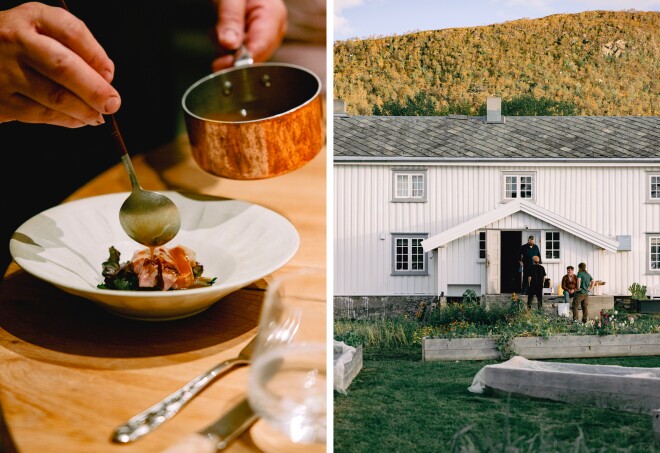Overview
When’s the best time to go to Peru?
Peru’s distinct geographic regions have their own climates, so the best time to go depends very much on where you want to go and what you want to do. The coast is subtropical, with very little rainfall; the relatively mild winter lasts from June to September. The eastern rain forest region has an equatorial climate with hot temperatures and rain all year long. The Andean region has a very rainy summer season (December to April) and a dry winter that is often sunny during the day but really cold at night. In general, this May to October period tends to be the main tourist season in Peru, with those bookend months a particularly good time to visit.
How to get around Peru
Lima’s Jorge Chávez International Airport is the international entrance to Peru and the main hub for local flights. It’s served by direct flights from several North American cities, including New York, Washington D.C., Miami, Chicago, and Toronto. It also receives direct flights from the most important cities in Latin America, including Buenos Aires, Santiago, Rio de Janeiro, Sao Paulo, Bogotá, La Paz, Quito, Mexico DF, Panama City, and more. If coming from Europe, there are direct flights to Lima from Madrid, Amsterdam, and Paris. If coming from Asia, Africa, or Oceania, you’ll probably need to transfer in a regional hub such as those mentioned above.
Peru is a large country in which the main tourist attractions are not only spread out, but often separated by challenging geography. It’s often better to take an internal flight than, say, to brave the 22-hour drive from Lima to Cusco—especially if you are short on time. Local flight operators like Star Peru, LATAM, Peruvian Airlines, Avianca, and LCP fly to most regions and you may be able to get a good price. However, if you prefer to take your time, buses are the most popular way of inter-region travel, offering cheap and reliable service. Oltursa, CIVA, Cruz del Sur, and Ormeño are known as comfortable and safe.
Food and drink to try in Peru
Peruvian gastronomy is one of the most remarkable in the world. The traditional cuisines of its three geographic regions contain a vast array of distinctive dishes and their variations. These have, at the same time, been subjected to countless reinterpretations by chefs around the country. Ceviche is considered the national dish, consisting of raw fish and/or other seafood cooked in lemon with chopped onions, parsley, corn, and sweet potato. Other traditional dishes include lomo saltado (a kind of beef stir-fry) and aji de gallina (creamy and spicy chicken). These are complemented by hearty soups and sides based on potato or quinoa. Regional cuisines play to the strengths of their local ingredients.
Culture in Peru
Peru was a Spanish colony for some 300 years from the sixteenth to the nineteenth centuries. From religion to language to cuisine to art, the Spanish cultural legacy is prominent but has not entirely superseded Peru’s indigenous heritage. While Spanish is the official state language, indigenous languages like Quechua and Aymara are widely spoken, especially in rural areas, and many pre-Columbian traditions survive and are respected. In addition to Machu Picchu, there are numerous ancient archaeological sites remaining around the country.
Peru’s calendar is packed with festivals, mostly related either to Catholic observances or indigenous traditions—or a syncretic mix of both. The festivals celebrated vary region by region. But some of the more popular include Carnival (which is especially interesting in highland cities like Puno, Cuzco, and Cajamarcaand) and Holy Week (check out the celebration in Ayacucho). Another famous festival is Inti Raymi, or the Festival of the Sun, held in Cusco on June 24. It dates back to the Incas and honors the winter solstice, with celebrations throughout the streets culminating in a re-enactment of the original Inca festival at the Saksaywamán ruins.
Local travel tips for Peru
Peru is one of South America’s most hospitable nations, with friendly people who love to answer questions and chat for a while. However, English is by no means ubiquitous, especially outside the big cities. Learning a few basic phrases in Spanish is recommended. Of course, in businesses related to tourism there will always be someone who speaks English.
Guide Editor
Ana Paula Bedoya
Ana Paula was born and raised in Lima, Peru, and has been traveling since she was a kid. She has a major in economics and works in international development. Combining social innovation and travel, two of her biggest passions, she has worked, studied, and volunteered in Cusco, New Zealand, the United States, Cambodia, and Spain.






